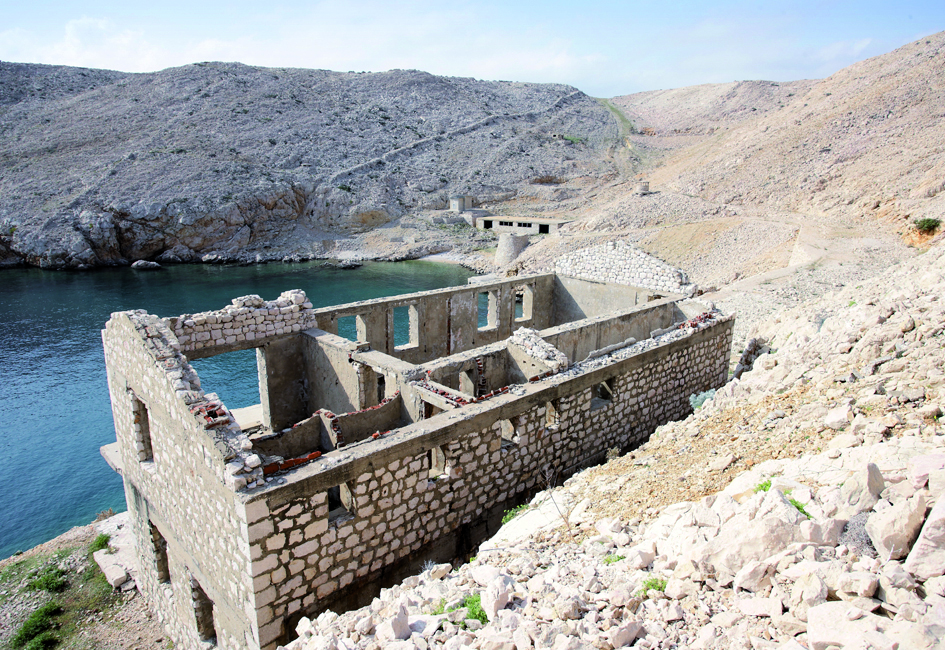9. Women’s camps
There were 862 women arrested and interned in camps during the dispute with Stalin. The charges levelled against them were much the same as those levelled against men. From the moment they were arrested, the women were kept physically separated from men. During investigation, they were held in special prisons, that is, in special prison sections. They were tried in separate proceedings, after which they were transported to camps and prisons where they continued to be kept apart from men. The first camp where they were held was Ramski Rit, on Yugoslavia’s Romanian border, which existed from August 1949 to January 1950. The camp was in a swampy area near what was then a hostile country, so the prisoners were transferred to the Zabela prison in Požarevac.
Afterwards, the women were moved to the camp on Sveti Grgur island, where they spent about a year, from April 1950 until April 1951, after which they were transferred to Goli Otok, to a camp named Radilište 5 (Worksite 5, R-V). Here again they spent a year. During this time, although they shared the island with men, they had no contact with them. According to former inmates’ testimonies, the two groups only occasionally sighted each other from afar. The women’s camp on Goli Otok was situated at a particularly inaccessible location, with particularly severe weather conditions as it was exposed to constant bursts of wind. Similar to the administration structure of the male camps, the interrogators were women, and the living and working conditions were hard. After Goli Otok, the inmates were transferred back to the neighbouring island, Sveti Grgur, where they saw the dismantling of the camp system and their own return to freedom.

The remains of the women’s camp on Goli otok.
Image source: Darko Bavoljak
